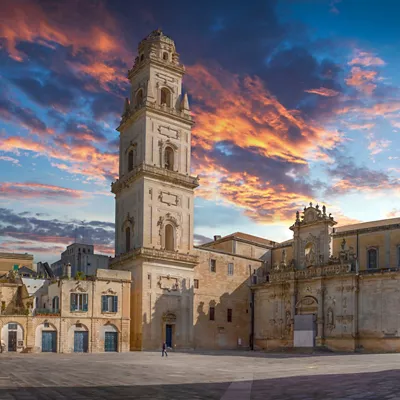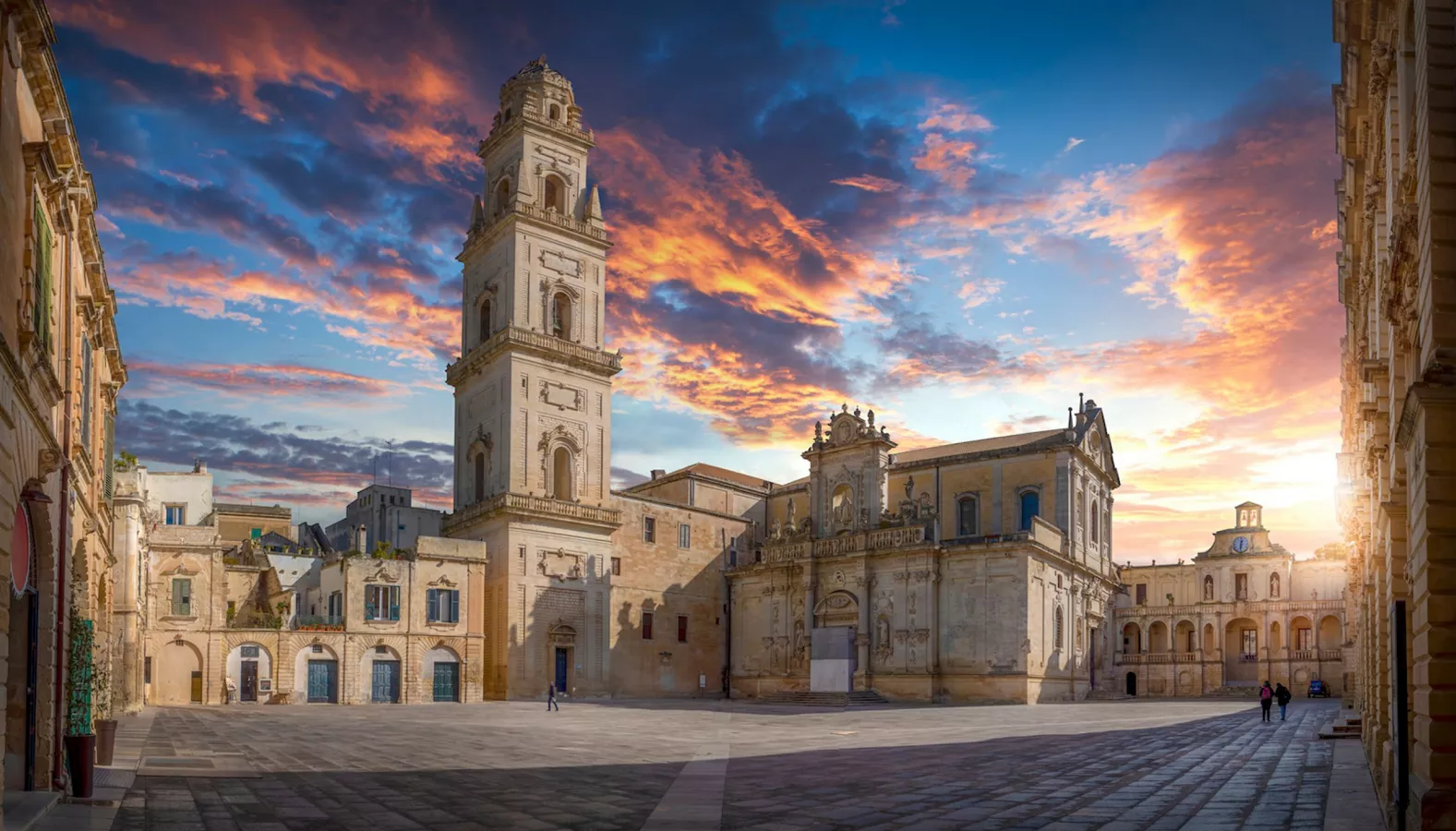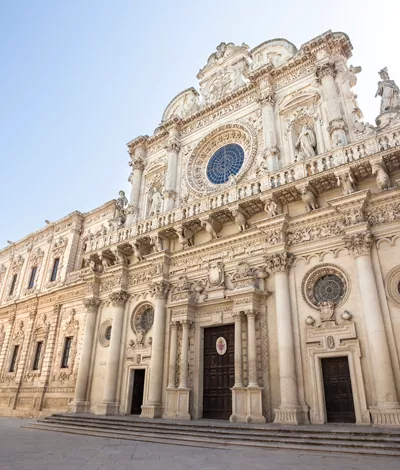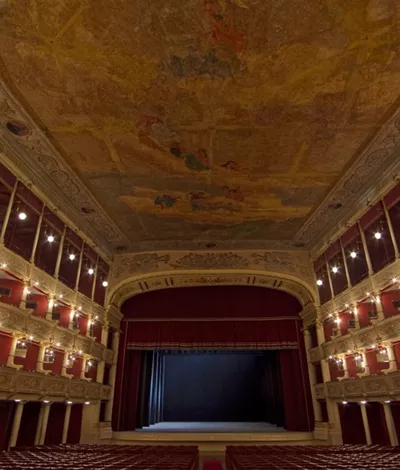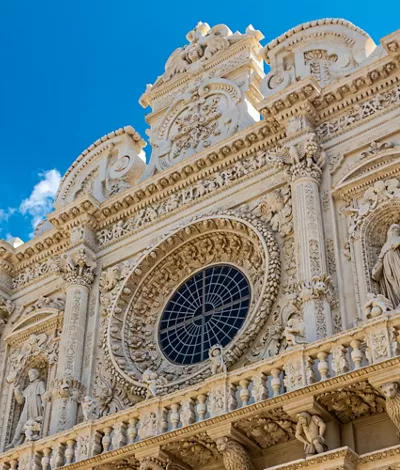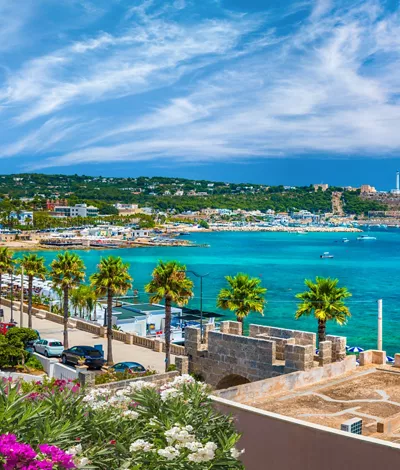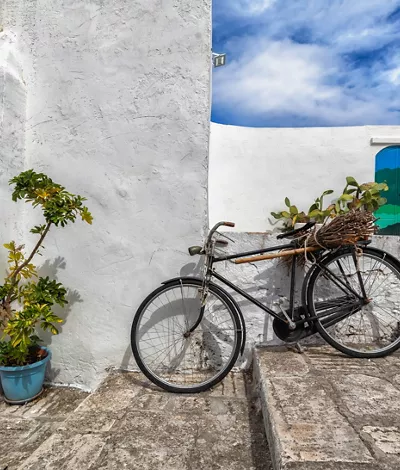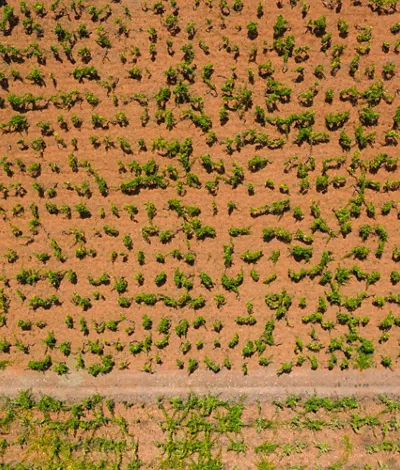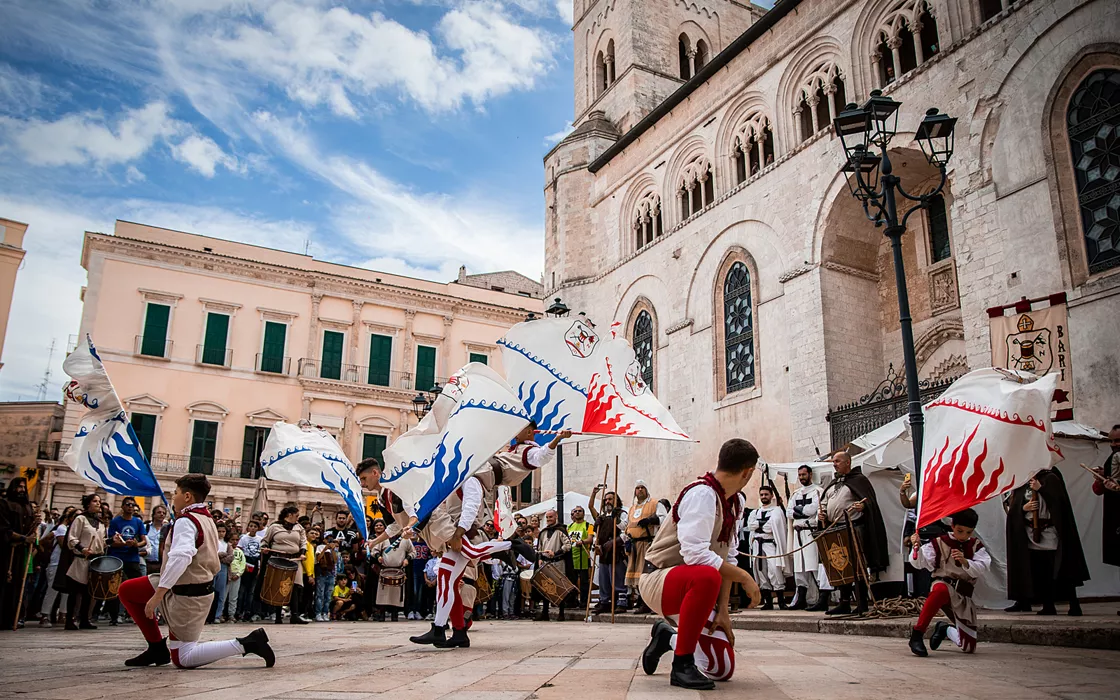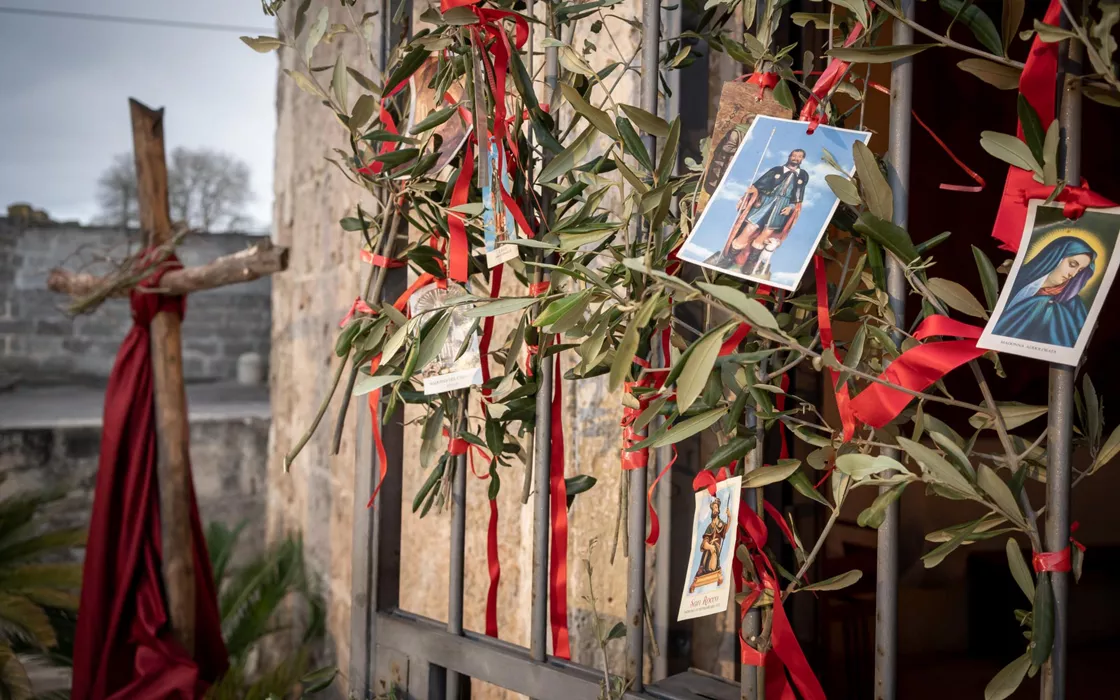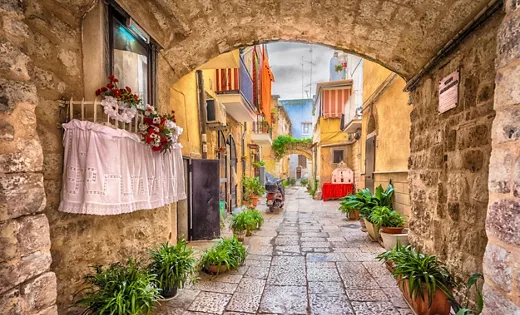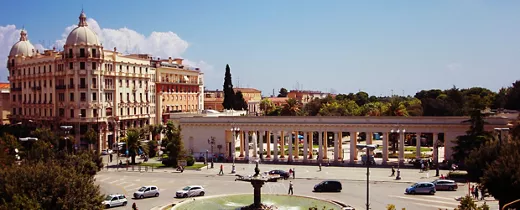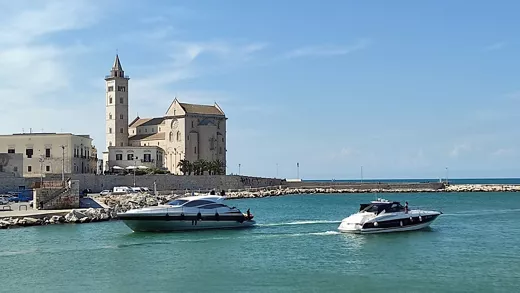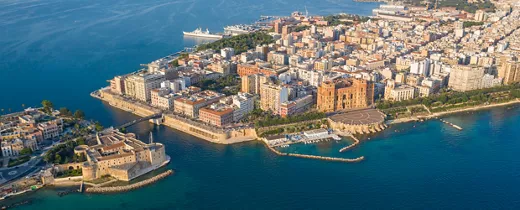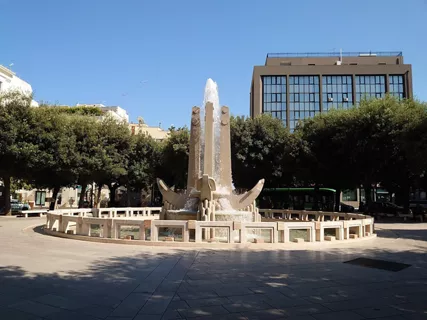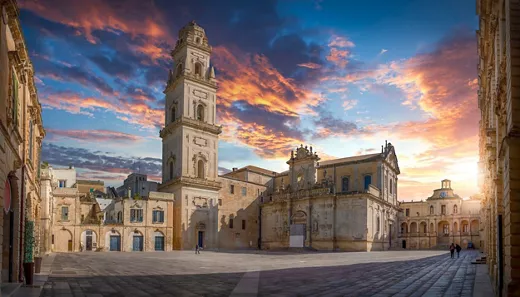Basilica di Santa Croce
The Basilica di Santa Croce in Lecce, a splendid example of Baroque style
In the heart of the Apulian capital of Lecce stands a small gem of great historical, artistic and cultural importance: the Basilica di Santa Croce, the city's first Baroque-style building.
Location and historical background
You will find the Basilica di Santa Croce in Lecce on Via Umberto I, in the historic centre, next to another important structure: the former convent Palazzo dei Celestini.
Initially, the two buildings were part of the same monastic complex, but when the religious order ceased to exist in the early 19th century, the church was abandoned.
The Palazzo was repurposed to house public offices, now acting as the seat of government for the Province and Prefecture.
Almost thirty years later, the church was returned to the Archconfraternity of the Most Holy Trinity.
Considered by 19th-century Lecce contemporaries to be an overly ornate and in some aspects grotesque church, it kicked off the emergence of the Baroque style in the city, though the church's foundation stone was actually laid in 1353 by Count of Lecce Gualtieri VI of Brienne. It only became a basilica in the early 20th century, under Pope Pius X.
In the 16th century, the Basilica di Santa Croce began to expand, requisitioning the homes of local Jews. This expansion project lasted almost two hundred years and involved several illustrious architects and artists, including Gabriele Riccardi, Francesco Antonio and Giuseppe Zimbalo, and Cesare Penna.
A decadent style
When you stand before the Basilica di Santa Croce, you can’t help but be struck by the church's decorations and style, pompous, rich, almost overflowing, as per Baroque designs and models.
You will notice in particular the rose window on the façade of Santa Croce and the inlays on the tympanum and balcony.
You can head inside through one of three doors to discover an explosion of decorations, though the architecture is more functional than the exterior.
The altar is adorned with 12 bas-reliefs by Francesco Antonio Zimbalo and is located under the beautiful dome beautifully decorated with flowers, leaves and angels.
The apse depicts several scenes, including the Adoration of the Shepherds, the Annunciation of Mary, Mary and Elizabeth, and an episode of the Jews’ exodus from Egypt.
The side chapels house masterpieces of religious art, rich in detail and ornamentation.
Here’s an interesting fact: the Basilica di Santa Croce in Lecce has a total of 16 altars (including two masterpieces by Cesare Penna) and a magnificent 16th-century fresco of the Madonna of Constantinople.
It is truly a place of mysticism, magic and beauty, enchanting all who cross its threshold.
